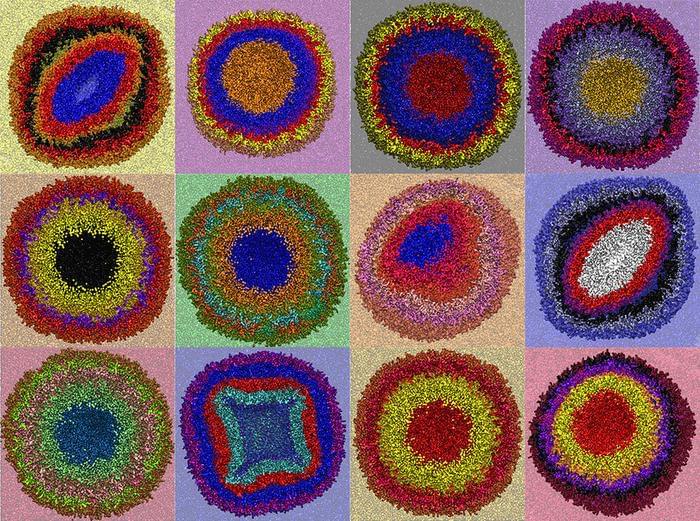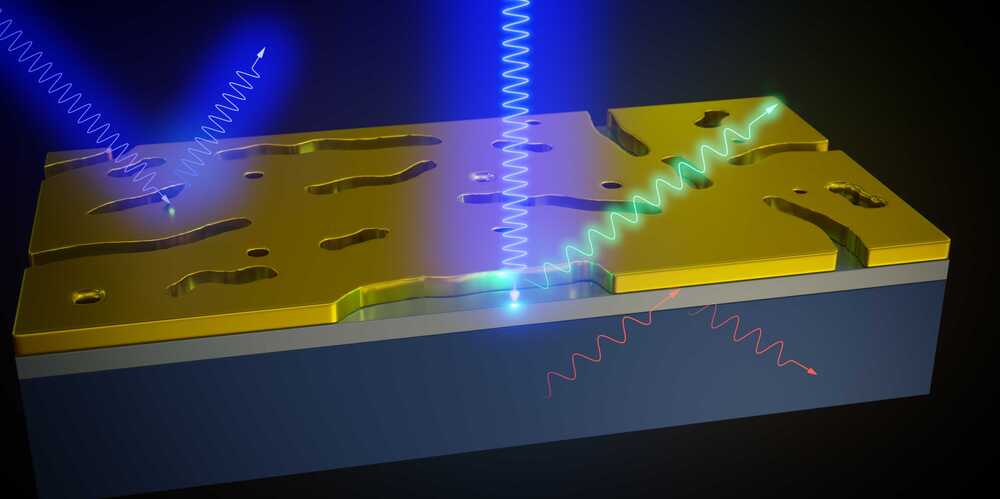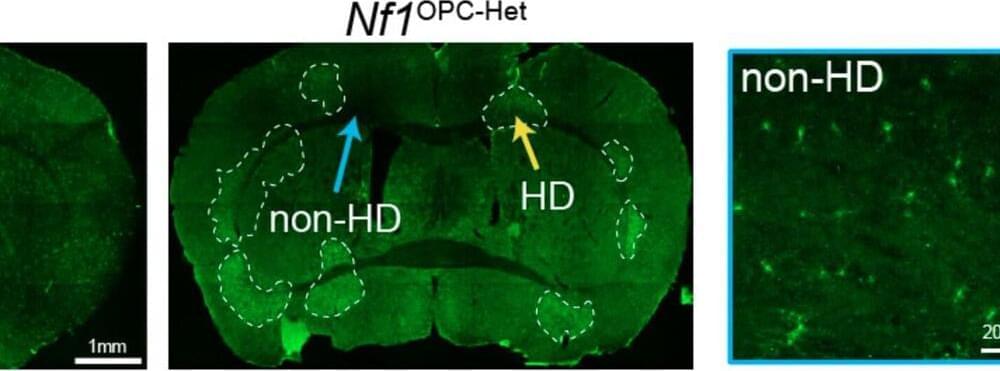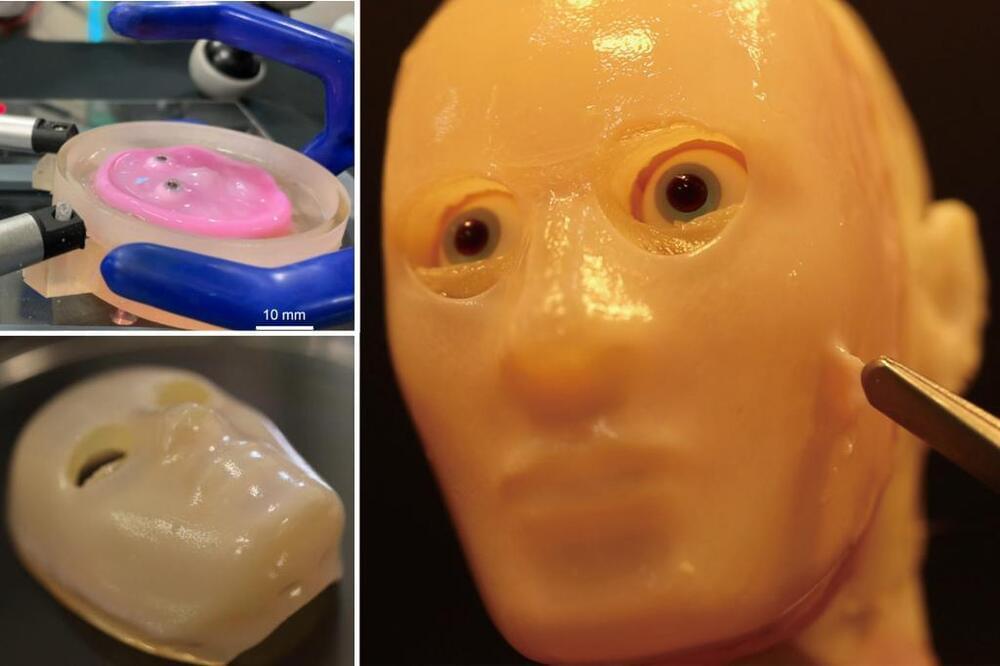In February 2023, Frontiers in Science published an article titled “Organoid Intelligence (OI): The New Frontier in Biocomputing and Intelligence-in-a-Dish.” Since its publication, this research has sparked significant scientific interest and gained coverage in Forbes, Financial Times, Wall Street Journal, BBC, CNN and many others.
So, what is organoid intelligence and why has this article gathered such attention?
The article showcases a forward-thinking and captivating concept of how brain organoids – artificially grown human brain tissue – could be used to study human brain cognitive function, with potential assistance from artificial intelligence and biocomputing. This multidisciplinary, emerging field holds great promise for advancing our understanding of the brain and accelerating progress in neuroscience research.






